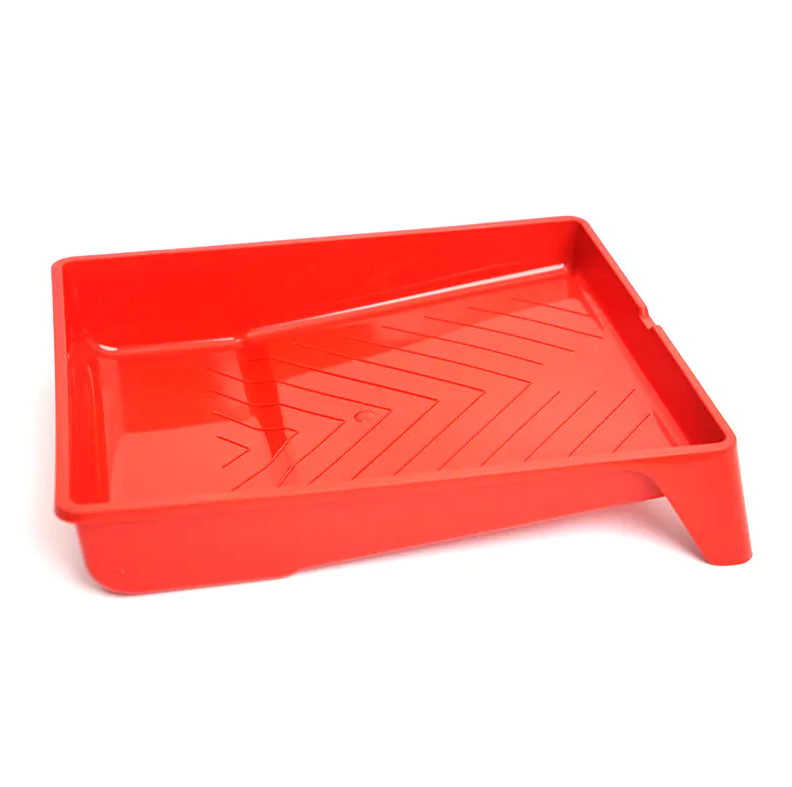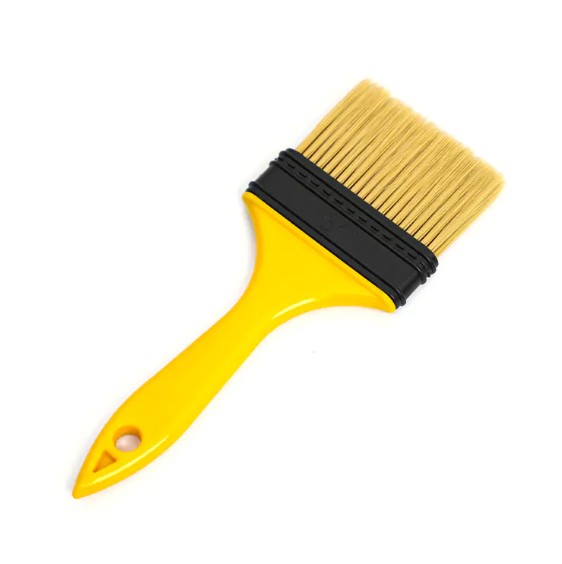The edges of paint roller trays are designed to be raised, and their primary function is to prevent paint from spilling or splashing during the painting process. When the roller is dipped in paint, the excess paint is easy to drip or be thrown out when rolling quickly. The raised edge can form a physical barrier to effectively prevent the paint from flowing out. Especially when moving the tray or tilting the edge to dip the paint, the raised part can provide additional storage space to reduce accidental spills and avoid contaminating the floor, walls or users' clothing.
The raised edge is not only used to prevent leaks, but also helps control the amount of paint dipped into the roller. When the roller is dipped in too much paint, the user can gently roll or scrape the edge to remove the excess paint and evenly distribute the paint on the roller surface. This can not only prevent over-thickness or dripping, but also improve the uniformity of the paint. Some trays will also design wavy or serrated structures on the edge to further enhance the paint scraping effect, ensure the right amount of paint on the roller, and improve the construction quality.
The design of the raised edge can also enhance the rigidity of the tray, making it more stable and durable. For plastic pallets, the heightened edge structure can prevent deformation due to load bearing or extrusion during transportation. Metal pallets usually use a curling process to make the edge more solid and prevent sharp metal edges from cutting users. This structural optimization not only extends the service life of the pallet, but also improves safety during operation, especially when frequently moved or working at heights.
The raised edges of many paint trays are combined with ergonomic design, such as adding non-slip grooves or grips, which are convenient for users to grasp and move with one hand. In addition, the curved edges of oval trays are more in line with the comfort of hand holding, and can also reduce the possibility of tipping when pouring paint, making operation more convenient and safer.
The height and shape of the raised edge will be adjusted according to different usage requirements. For example, a tray with a deep edge is suitable for large-area painting or high-viscosity paint because it can hold more paint and reduce the number of frequent additions. A tray with a shallow edge is more suitable for small-area repairs or low-viscosity paint, which is convenient for quick dipping and cleaning. This flexibility allows users to choose the right tray according to specific construction needs and improve work efficiency.
These designs are mainly aimed at storage and portability needs, and users can fold the edges after use to save space, or install baffles to enhance spill prevention when needed. However, these variations still retain the basic function of the raised edge to ensure effective control of paint flow and splashing during painting.



 Español
Español







